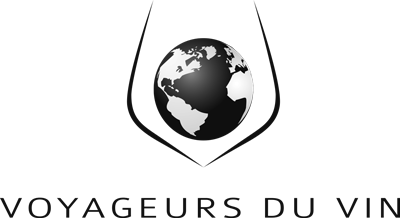History of Ixsir
Ixsir was conceived by a group of partners—Étienne Debbané, Hady Kahale, Carlos Ghosn, and Gabriel (Gabi) Rivero—with a simple, ambitious idea: to revive historic mountain vineyards across Lebanon and craft blends that articulate site more than stereotype. Early consultation from Bordeaux luminaries such as Hubert de Boüard and the late Denis Dubourdieu helped shape the estate's stylistic compass toward clarity of fruit, refined tannins and measured oak.
From the outset, Ixsir operated as a multi-terroir project. Grapes are harvested by hand across dispersed, high-elevation plots, transported cool, and vinified by gravity in an energy-efficient, partly subterranean cellar. The winery lies beneath a restored 17th-century residence in Basbina (Batroun), reimagined by Raëd Abillama Architects and recognized by international design awards for its sustainability. The architectural statement mirrors the wines' ethos: modernity anchored in place.
Region and Vineyards
Lebanon's viticultural core combines Mediterranean influence with mountain altitude. The Bekaa Valley, a dry plateau around 1,000 metres, benefits from limestone soils, abundant winter rainfall and pronounced diurnal shifts, naturally preserving acidity. Coastal-mountain districts such as Batroun and Jezzine add wind-cooled mesoclimates and calcareous profiles, broadening the palette of aromas and textures.
Ixsir sources from a north-to-south patchwork of sites: Basbina (Batroun, ~400 m), Jezzine (~950 m), Kab Elias (~1,100 m), Deir el Ahmar (~1,000 m), Niha (~1,200 m) and Ainata (up to about 1,800 m). Predominantly clay-limestone and marl-calcareous soils, older gobelet-trained vines, and staggered harvests across altitudes yield fruit with tension and aromatic lift. The result is a stylistic through-line of freshness—even in warm years—without sacrificing ripeness.
Wine Range of Ixsir
The portfolio is structured in three tiers.
- Altitudes (red, white, rosé) offers early-drinking brightness from multiple sites; the white often champions Obeideh alongside Muscat and Viognier, a nod to local heritage.
- Grande Réserve steps up density and complexity: the red typically blends Syrah and Cabernet Sauvignon from elevated clay-limestone parcels, while the white marries Viognier, Sauvignon Blanc and Chardonnay, sometimes with a discreet touch of oak for texture.
- At the summit, EL Ixsir is a rigorous selection with longer élevage. EL Red—commonly Syrah, Cabernet Sauvignon and Merlot—sees extended ageing in French oak (around two years, depending on vintage), delivering graphite-lined structure and layered dark fruit. EL White—principally Viognier and Chardonnay—is aged in oak for roughly a year, balancing creamy mid-palate weight with mountain-derived acidity. The estate also distills a traditional Arak from Obeideh, further affirming its commitment to indigenous varieties.
Did you know?
The winery's rooftop is planted as a living garden and vine conservatory—reportedly Lebanon's largest green roof—where more than twenty grape varieties grow side-by-side, a literal tasting map of Ixsir's diversity.
